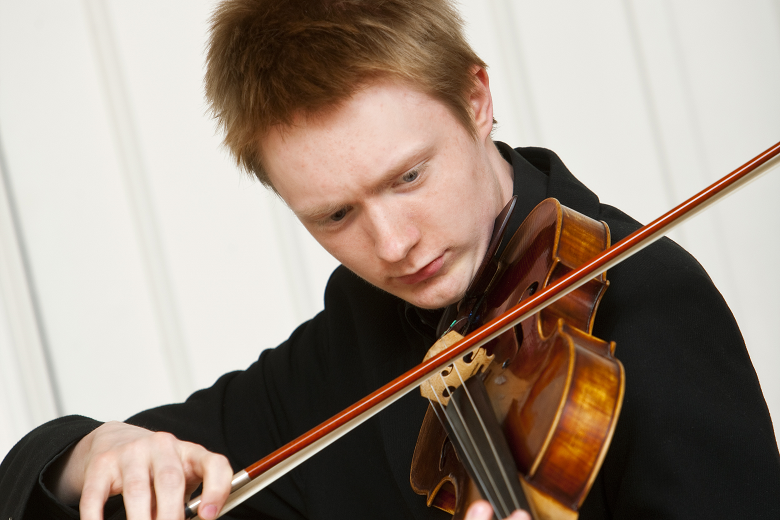


Composers performing the solo part of a concerto they composed for a live audience, which had been very common for over two and a half centuries, became even more exceptional. Composers who continued to contribute to the genre include Alfred Schnittke and György Ligeti. In the second half of the 20th century, composers largely turned to other genres and composition techniques than those of the concerto. In the first half of the 20th century, concertos were written by, among others, Maurice Ravel, Edward Elgar, Richard Strauss, Sergei Prokofiev, George Gershwin, Heitor Villa-Lobos, Joaquín Rodrigo and Béla Bartók, the latter also composing a concerto for orchestra, that is without soloist. In the Romantic Era, many composers, including Paganini, Mendelssohn, Chopin, Schumann, Brahms, Tchaikovsky and Rachmaninoff, continued to write solo concertos, and, more exceptionally, concertos for more than one instrument. In the second half of the 18th century, the piano became the most used keyboard instrument, and composers of the Classical Era such as Haydn, Mozart and Beethoven each wrote several piano concertos, and, to a lesser extent, violin concertos, and concertos for other instruments. The first keyboard concertos, such as Handel's organ concertos and Bach's harpsichord concertos were written around the same time. A few decades later, Venetian composers, such as Antonio Vivaldi, had written hundreds of violin concertos, while also producing solo concertos for other instruments such as a cello or a woodwind instrument, and concerti grossi for a group of soloists. The concerto originated as a genre of vocal music in the late 16th century: the instrumental variant appeared around a century later, when Italians such as Giuseppe Torelli started to publish their concertos. presto or allegro), became a standard from the early 18th century. The typical three- movement structure, a slow movement (e.g., lento or adagio) preceded and followed by fast movements (e.g. A concerto ( / k ə n ˈ tʃ ɛər t oʊ/ plural concertos, or concerti from the Italian plural) is, from the late Baroque era, mostly understood as an instrumental composition, written for one or more soloists accompanied by an orchestra or other ensemble.


 0 kommentar(er)
0 kommentar(er)
